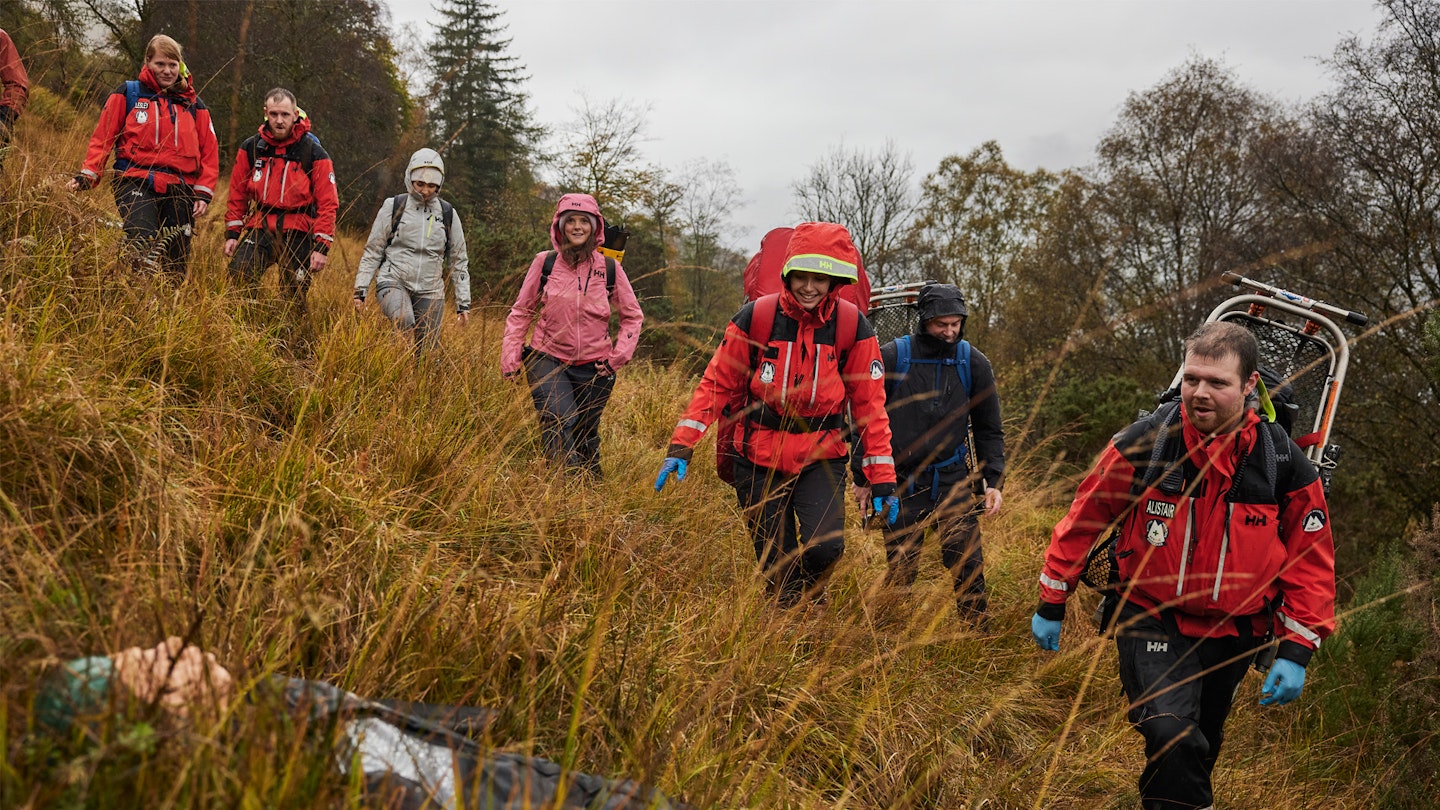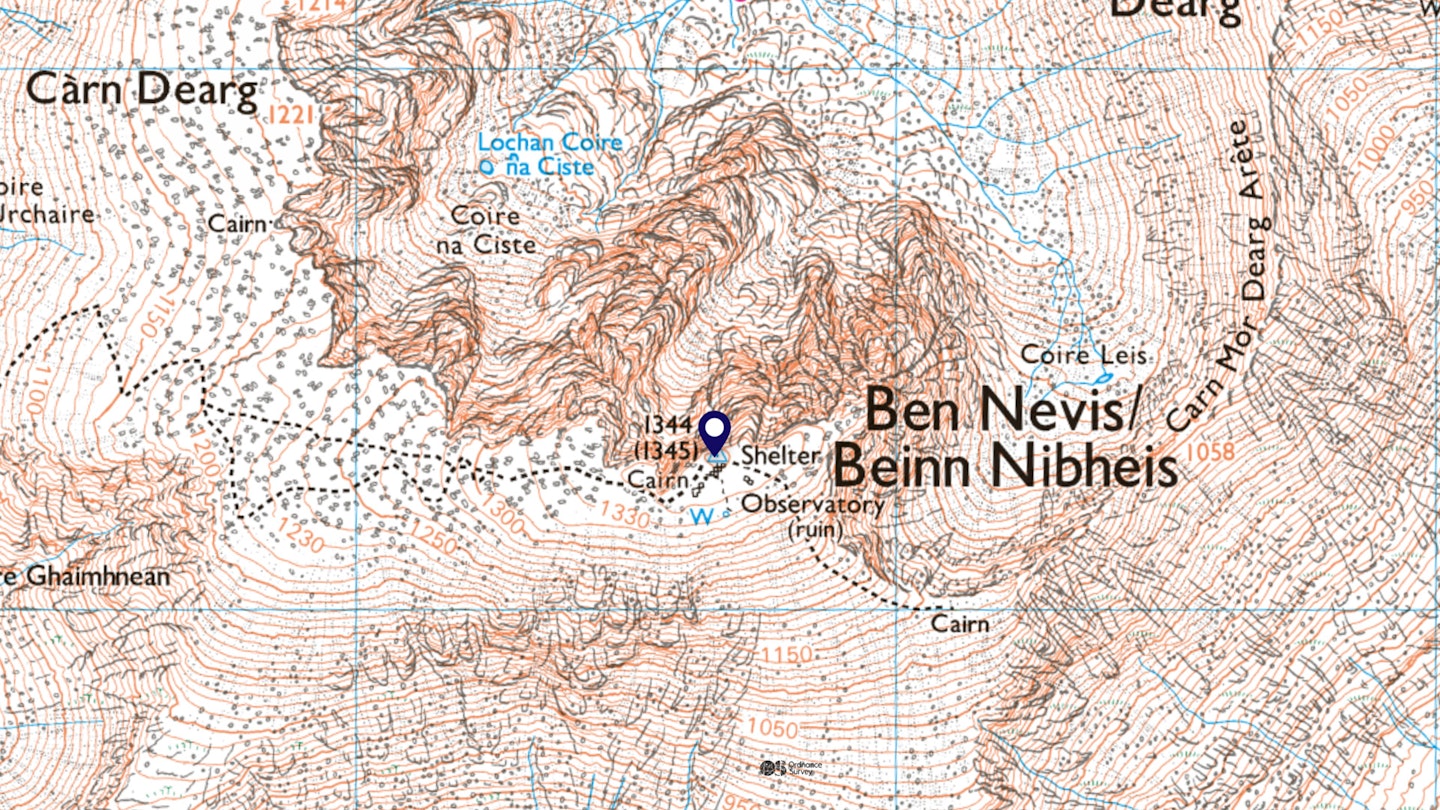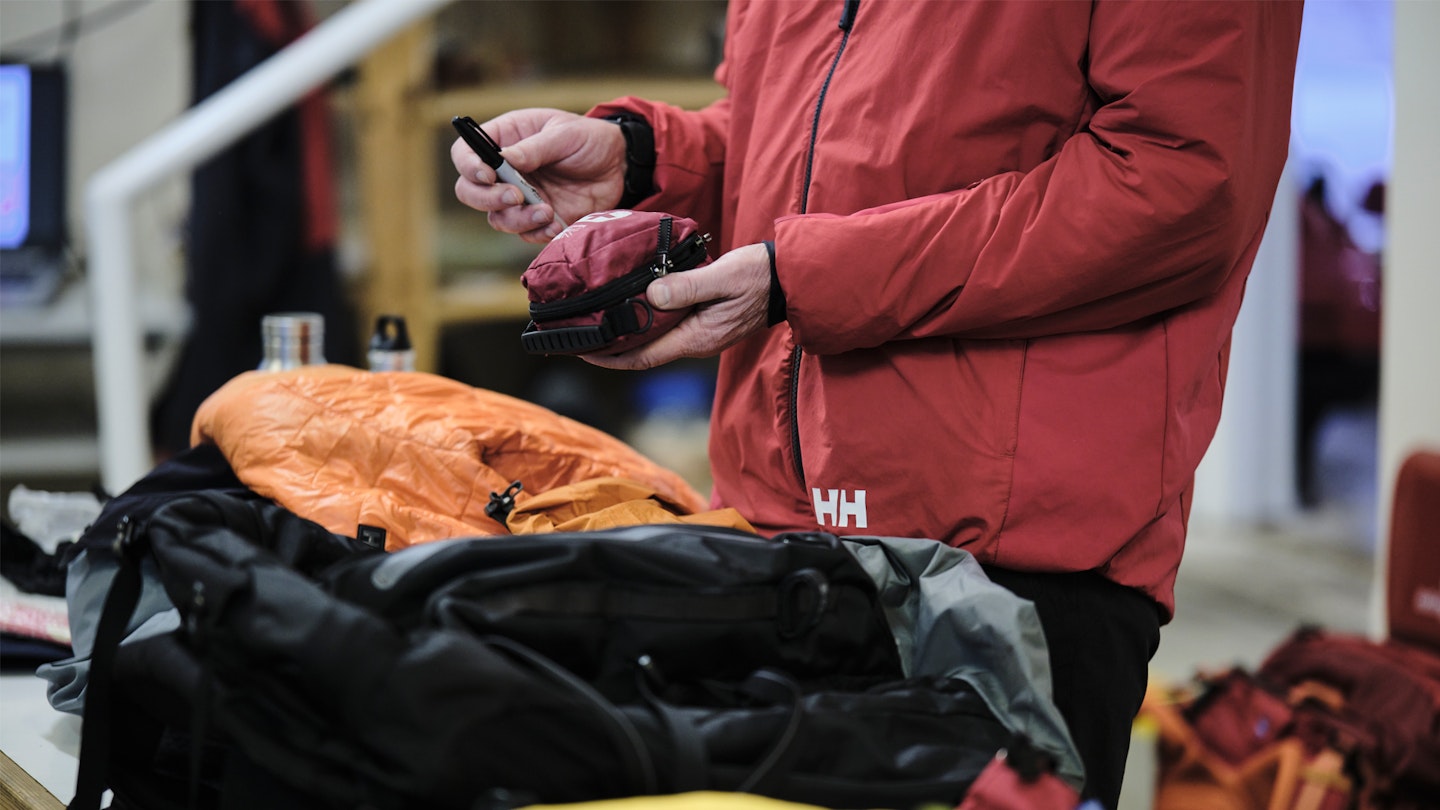Taking your first steps into hillwalking can be daunting – especially if you’re going alone. So if you are planning to head into mountain terrain any time soon, it's important to arm yourself with as much expert advice as possible.
This is a sentiment shared by Helly Hansen, who recently took us to Arrochar in the Scottish Highlands to chat with the local Mountain Rescue team. Helly have been teaming up with Mountain Rescue for years now, always taking their feedback into account when designing high-performance gear or launching initiatives to get people into the mountains.

This January is Open Mountain Month – the brand’s latest collaboration with Mountain Rescue – which seeks to make the outdoors as accessible as possible for anyone and everyone. According to Helly Hansen's research, 46% of people say they don’t explore the outdoors due to a lack of general knowledge. This can range from map and compass navigation skills to knowing what to do in an emergency.
The Arrochar Mountain Rescue Team told us about the range of daily callouts they receive. Many calls involve climbers stuck on crags, navigation mishaps, or sudden drastic turns in weather. What stood out about the majority of calls was how easily they might've been prevented with proper planning and prior knowledge. And so, the team shared their most essential advice for staying safe (and preventing disasters) on the mountains.
Top 5 safety tips from Mountain Rescue
1. Know your map
“So many calls come from people who have misread their map and ended up in a hairy situation”, MRT volunteer Alex tells us. "An important detail to keep in mind is the thickness and spacing of contour lines. I'd say it's one of the most common ways to get into trouble fast – underestimating how steep a gradient will be."

Consider this OS map extract. The summit of Ben Nevis is flanked with vastly different gradients – the extremely close contour lines to the north indicate sheer drops over a tangle of cliffs, but it's important to recognise that the gradient to the south is also far steeper than many hillwalkers are comfortable with. Note the distance between 1050m and 1150m of elevation – that's 100 meters of ascent across a very short stretch.
Whereas, if you track the dotted paths to the west, you'll see that the lateral distances between heights such as 1330m, 1300m, and 1250m (across The Ben's summit plateau) are several times greater than on the southern descent, and therefore far more manageable for walkers. This knowledge is especially important for when you aren't following a clearly marked path.
2. Check the mountain weather forecast
It's already a good rule of thumb to check the weather before you head out for a hike, but this becomes far more important when you're venturing into the mountains. Not only are higher elevations colder and windier, but they're also far more changeable and difficult to predict without some serious instruments.

Luckily, places like the Met Office and the Mountain Weather Information Service have just such instruments! Be sure to consult these services before you venture into higher altitudes, especially in the colder months. One detail to keep an eye on is the freezing level, which is the elevation at which the air temperature is 0 degrees Celsius. If you know you're exceeding this height, be prepared for either snow or frozen ground.
Helly Hansen offer a more in-depth article on advice for cold-weatherhiking, if you're considering getting out before spring.
3. Wear the correct gear
This one's a no-brainer. There is absolutely nothing worse than being caught in the rain without a waterproof jacket, or attempting to tackle potentially treacherous terrain without decent hiking boots. We've had the pleasure of testing Helly Hansen's full range of gear, with their Odin jacket winning our Gear of the Year 2023 award, and their Odin Huginn 2.0 hitting our best winter hiking trousers roundup.

That said, not everyone can afford to break the bank on the best gear. According to Helly Hansen's research, 53% of people say financial barriers are their largest obstacle to accessing the outdoors. Luckily, if you can't invest in brand-new kit, there are loads of online marketplaces where you can pick up second-hand gear for a fraction of the cost. We recommend the Outdoor Gear Exchange on Facebook, and also taking a look at ebay and Vinted.
4. Bring (and understand) a first aid kit
There is a long list of potential emergency kit to explore and understand if you're a serious mountaineer. But if you're starting at an appropriate level, most of those items aren't strictly necessary. However, "I never go into the mountains without a first aid kit," asserts MRT volunteer Gavin, "We all have to be trained in first aid, and I reckon everybody should get some training for those just-in-case scenarios. Better to have it and not need it than to need it and not have it!"

The Life Systems range is great for hillwalkers. Their first aid kits range in ability level and even group size, allowing Mountain Leaders (including MRT volunteers) to care for groups of up to 16. Most likely, you won't need something so heavy-duty. If you're not sure how to manage your storage, check out HH's advice on how to pack a backpack for hiking.
5. Know how to call Mountain Rescue (and don't be scared to do it!)
The Mountain Rescue mantra is We volunteer to save lives any hour, any day, any weather. To contact them: call 999, ask for Police, and then ask for Mountain Rescue. When we spoke to the team in Arrochar, the point they wanted to stress more than anything was that they are here to help you no matter what.

"We never judge. We aren't affected by who you are, where you're from, or even what's happened. And we don't charge! Even if you aren't a UK citizen, it Does. Not. Matter. Call us. You can call for any reason, at any time, and we'll be there," says Alex.
Mountain Rescue responded to 843 calls for help last year. 29,804 hours were spent assisting people in need, "And that’s just the number of hours spent on a call out!" the team reminds us as we read these stats. "It doesn’t include training, repairing vehicles, maintaining the bases. You know, four times per year each team has to check around 2.5 kilometres of rope – inch by inch."

So why do they do it? To facilitate anyone to go into the outdoors. It's their inclusive ethos that inspired Helly Hansen to work so closely with MRTs. For Open Mountain Month, HH have also produced guides to the mountain code and leave no trace. If you're thinking of taking the plunge, make sure reading those are your first steps.
